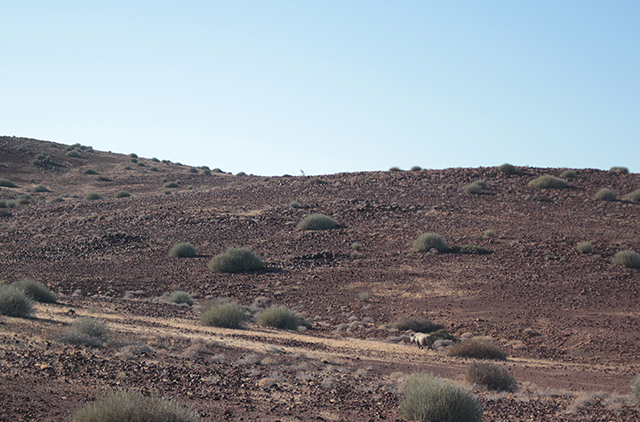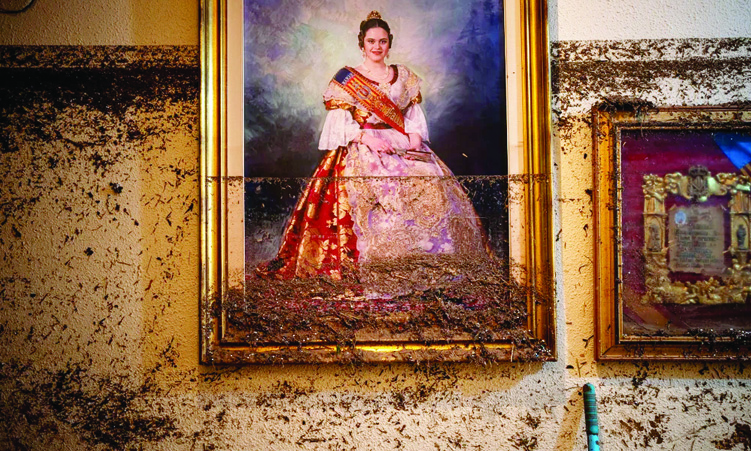A CHANCE encounter over 35 years ago changed the lives of two women after realising that they share the same passion for wildlife conservation.
The encounter connected Blythe Loutit and Ina Britz, who would later establish Namibia’s first rhino conservation project – the Save the Rhino Trust (SRT) in 1982.
Both Loutit and Britz have passed away but their efforts on conservation lingers through the work of the SRT. Britz died in August 1985, and Loutit several years later in June 2005.
SRT, which has grown into a formidable conservation group, operates in the Kunene and Erongo regions in north-western of Namibia, where it covers an area of approximately 25 000 square kilometres.
This non-governmental organisation coordinates and facilitates rhino conservation in Namibia, operating under an exclusive mandate from the Ministry of Environment and Tourism.
For over 30 years, the trust, along with donors, conservationists and local and international communities in Namibia, has catered for the safety of the endangered species.
Chief executive officer of the SRT, Simson Uri-Khob, who began his journey at the trust in 1991, says in an exclusive interview with in April at the SRT post in Damaraland.
“Loutit approached Damaraland authority leaders who gave her their blessings to grow a rhino herd and eventually establish SRT”.
The conservation efforts include tourism concessions currently managed by Wilderness Safaris and communal conservancies such as Doro Nawas and Torra, amongst others.
Had it not been for Loutit and other locals noticing rhino poaching in the area, many of them would have perished, Uri-Khob said.
He noted that Loutit worked closely with the community and later, traditional authorities appointed game guards to protect the black rhinos.
Although SRT has grown exponentially as an organisation, it started with one vehicle and a small team which made it difficult to fulfil its mandate.
Today, SRT serves as a leader in conservation efforts including monitoring and protecting black rhinos as well as research and training.
Wilderness Safaris, which is an ecotourism friendly tour operator, protects 2,4 million hectares across eight biomes (communities of plants and animals) in southern Africa.
In a joint partnership with Save the Rhino Trust, Wilderness Safaris established the Desert Rhino Camp, situated in the Palmwag concession area. It was founded in 2003 to provide people with unique rhino-tracking tourism experience.
SRT maintains a close relationship with Wilderness Safaris where the use of science-based rhino viewing protocols and responsible ‘rhino viewing tourism’ is promoted.
This means the rhinos’ habitat is not disturbed by human influence.
SRT has been collaborating with the environment ministry and Wilderness Safaris to develop successful models for sustainable wildlife-based tourism compatible with conservation goals and the 2003 National Black Rhino Strategy for Namibia.
RHINO TRACKING AND DATA COLLECTION
Although the Desert Rhino Camp also serves as a getaway for ordinary people, many tourists and researchers come from far and wide to experience the premium camp’s conservation programme dedicated to saving Namibia’s endangered black rhinos.
The camp covers an area of 1 360 square kilometres of land for exclusive anti-poaching patrols with SRT.
Through an eye-opening on-the-ground experience, this journalist learnt the daily routine of a group of well-trained rhino trackers and environmentalists.
The rhino trackers wake up as early as 06h00 to commence their journey through the cold and windy Namib Desert.
Two teams are assigned to drive out in opposite directions, and everyone is told to keep a close eye on any sudden movements they could see over the rocky terrain.
The mountains are engulfed with low-lying clouds and mist with rays of sunlight gleaming toward the vehicle.
Rhinos make up for their poor eyesight with their strong sense of smell. With strong winds blowing in our direction, the tracking team is at an advantage.
Eventually, we come across a small area of vegetation where rhino footprints are visible. We are hopeful.
In a rare occurrence, less than two hours of tracking reveals a big boulder from a distance which is, in fact, a black desert-adapted rhino.
The trackers are required to carry an identification booklet, a range finder, camera and GPS. Once they spot a rhino, a form is filled in the booklet.
Stay informed with The Namibian – your source for credible journalism. Get in-depth reporting and opinions for
only N$85 a month. Invest in journalism, invest in democracy –
Subscribe Now!






